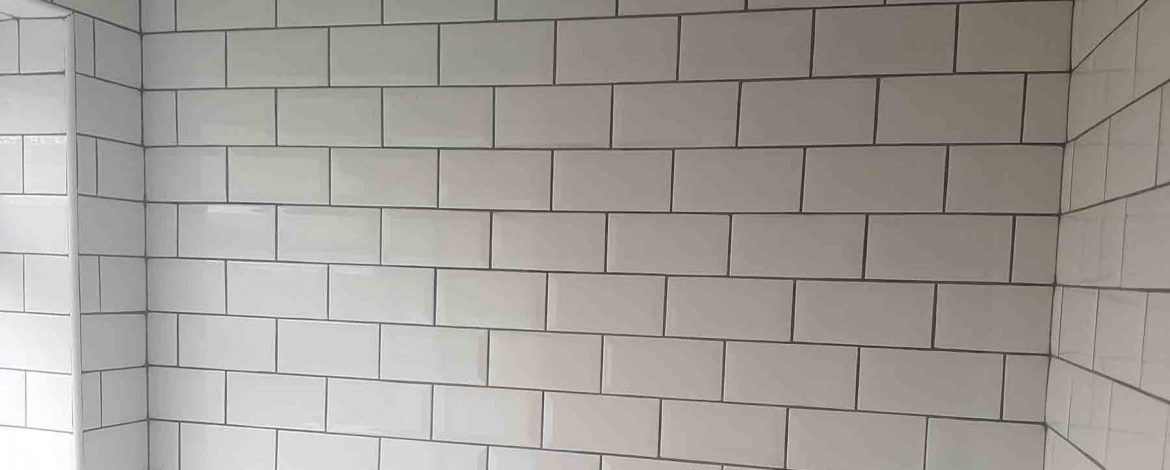Many clients do ask us to tile their bathroom, kitchen or even living rooms.
Bathroom tiles
Kitchen tiles
Living room tiles
The thing is that tiles are easier to maintain clean, are harder to scratch than wood, harder damage with water too.
For many too, tiling a floor is a release from their dust & mite allergies.
And the variety of tiles is huge. Have a look at some floor tiles we have placed:
Tiles patterns
We have done patterns with their colours or motives:
We have done brick layout, straight, diagonal or variations:
Some tiles and mosaic tiles come in different sizes and we do a composite layout with them:
Tiles materials
Natural stone tiles
Like travertine and terracotta are a good option for who like the natural looks. They have nice textures which make them a bit anti-slip too.
Ceramic tiles
Are the most common choice for bathrooms and kitchens.
Porcelain tiles
Is a very polished option, a bit slippery for bathrooms, but because it has no pores, it is easier to maintain and keep clean.
Floor tiles
In general floor tiles are a bit heavier than wall tiles; but not always.
Because of this, sometimes it’s possible to use the same tiles in floors and walls, we just need to make sure the wall surface is strong.
Wall tiles
In general, wall tiles are thinner and lighter, and should not be used for floors really.
Tiles versatility
As building material, tiles also are a good for covering multiple built things, like: benches, shelves, table tops, etc.
There are also decorative tiles that could be placed anywhere. Look at this tiled chimney we have done for a client:
Anti-slip tiles
In general, we know polished tiles are more slippery than textured ones. Especially for bathrooms being anti-slip is a must; going out of the shower with wet feet in a very polished surface is a daily risk.
Grouting, waterproof sealing
Is the gap between your tiles uniform and the tiles all lie flat? … it is a skilful task to get tiles laid correctly.
Once the tiles are laid, finishing with grout and a sealant helps to keep the area waterproof.
Silicone
Finally, to complete the waterproofing Silicone we use to seal between walls, tiles, baths, sinks etc.

